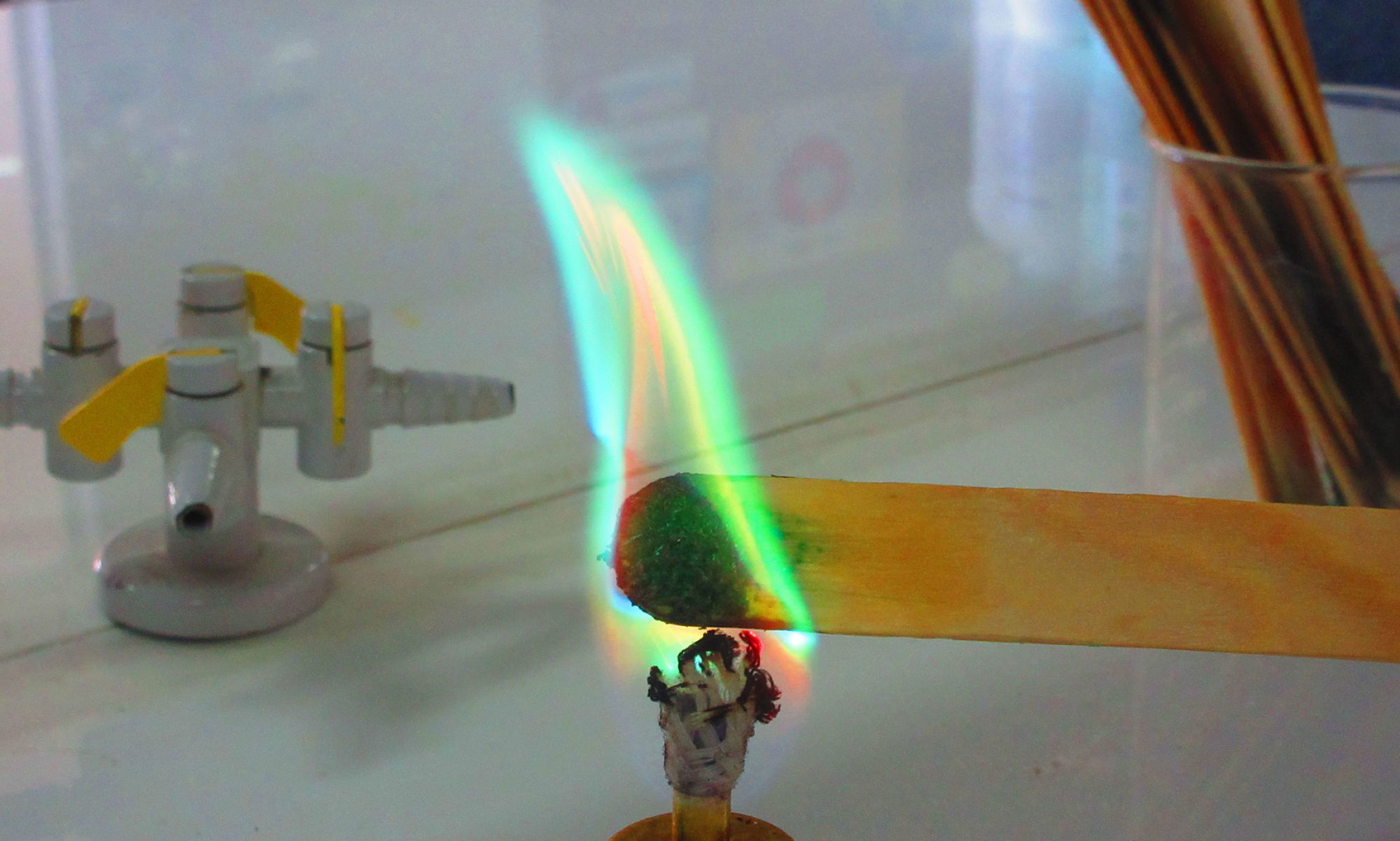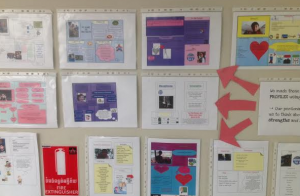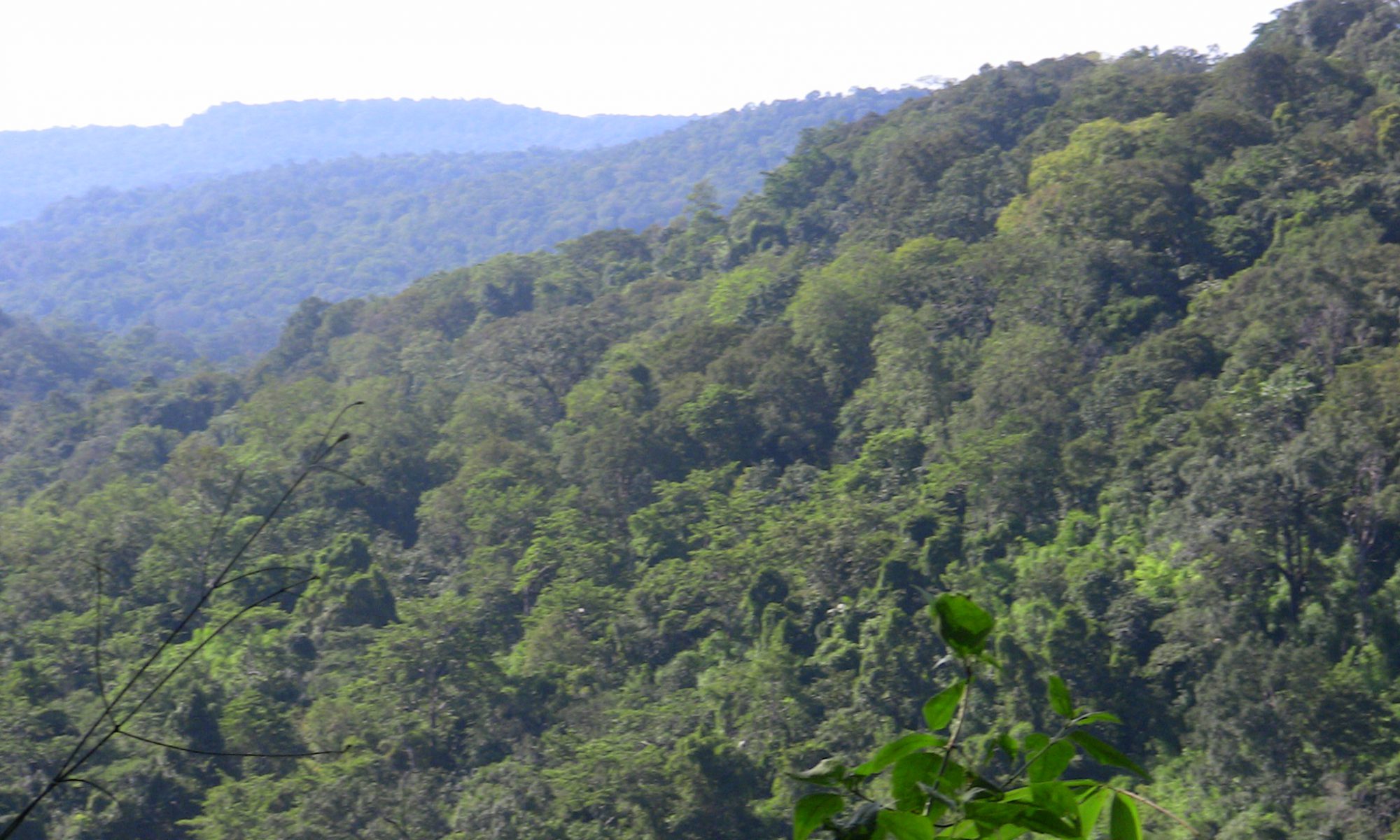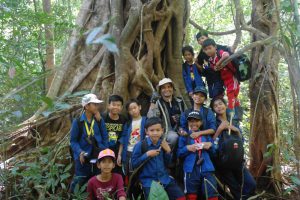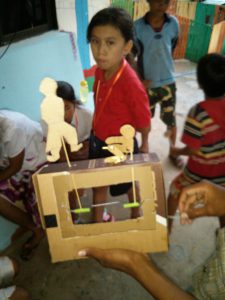- Exploration 3/4
Exploration Name: Robotics
Exploration Dates: Exploration 3: November 20 – January 17 and Exploration 4: January 20 – March 7
Number of Students: 6
Description: In our Exploration class we learned about natural disasters and how to make the robot with the lego bricks. The lego brick is really complicated to do the robot because it is small. The lego box has four sensors: ultrasonic sensor, color sensor, touch sensor and gyro sensor. The ultrasonic sensor is used for measuring the length. The color sensor is used for measuring the reflection of color. The touch sensor is used for touching something that tells about the place. It will send the information to the brain. We learned about how to program, build and about natural disasters. Each of these are very important and it gave lots of advantages because we needed to use all of the skills to do it. Building is the most important, which gives most advantages too because building is the first step to make the robot. Programming is the most difficult part because we need to write the code to make the robot work. When we started to learn our group needed to think about the ideas to make a robot that can do the challenge and complete the four goals of the challenge. They are Mechanical Design, Strategy & Innovation, Robot Performance and Programming. The natural disaster was divided into three parts: Presentation, Innovation Solution means how creative was the solution that we did and Research. The challenge was we needed to make the robot knock down the building, tsunami, take the track and the ambulance to the end zone.The students needed to work ìn a team with six people to have success in the FIRST® LEGO® League in Singapore. We had to look and watch lots of videos to get more ideas. We also looked at the rules of the game in order to learn more about the challenge. Then we went to Singapore to do the challenge.
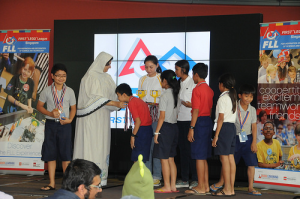
My Project Blog: http://robotics.ligercambodiablog.org/
